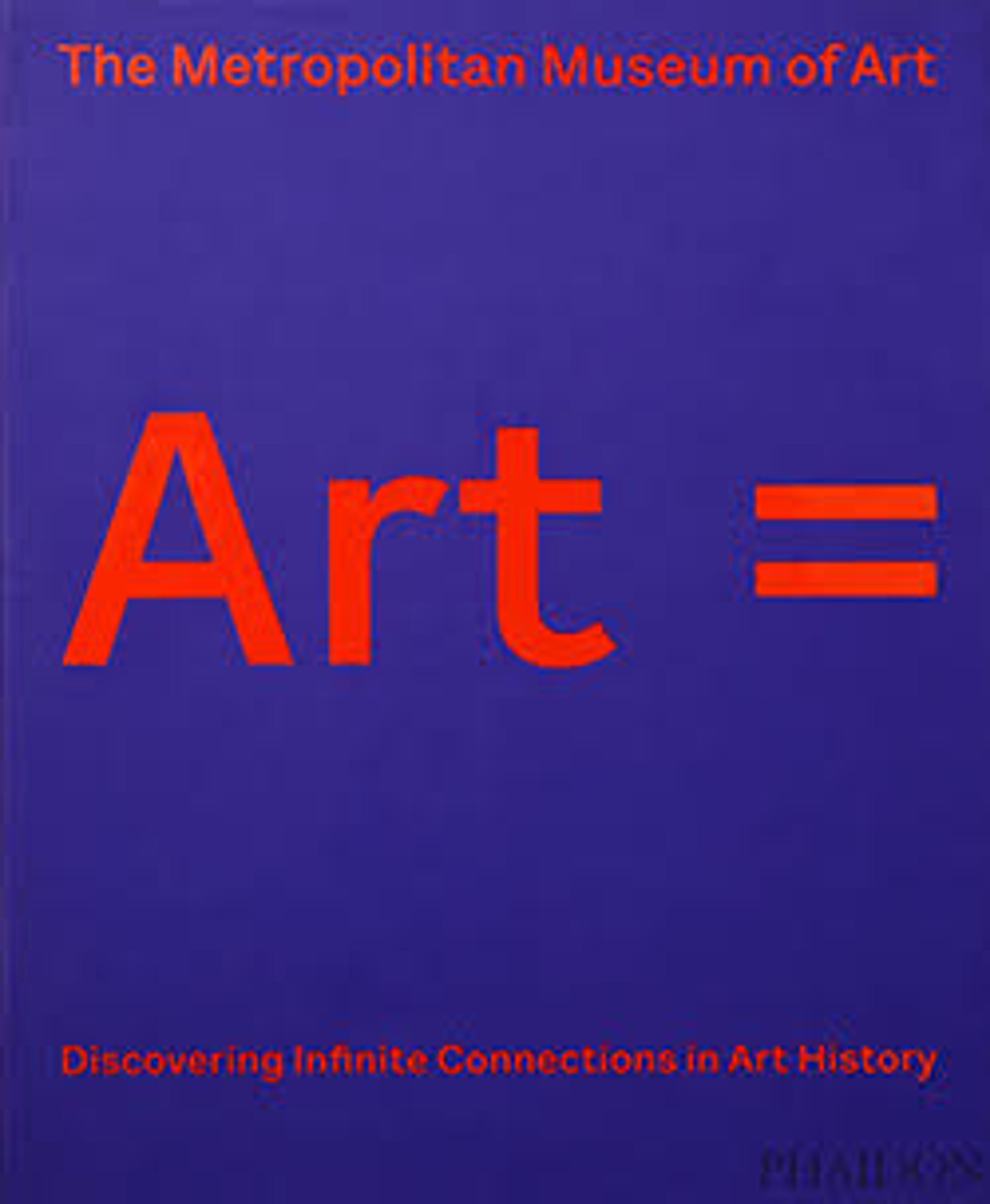"Dancing Dervishes", Folio from a Divan of Hafiz
This miniature from a dispersed manuscript of the poems of Hafiz depicts Sufis or mystics dancing. In the court style of Herat, the rhythm set up by the whirling of the dancers contrasts with the meditative figures encircling them. Those overcome by the movement of the dance seen in the foreground exemplify the naturalism of this period, while the scene is set against a verdant landscape resembling an earthly paradise.
Artwork Details
- Title:"Dancing Dervishes", Folio from a Divan of Hafiz
- Poet:Hafiz (Iranian, Shiraz ca. 1325–1390 Shiraz)
- Artist:Painting attributed to Bihzad (Iranian, Herat ca. 1450–1535/36 Herat)
- Date:ca. 1480
- Geography:Attributed to present-day Afghanistan, Herat
- Medium:Opaque watercolor and gold on paper
- Dimensions:Painting: H. 6 5/16 in. (16 cm)
W. 4 1/4 in. (10.8 cm)
Page: H. 11 3/4 in. (29.9 cm)
W. 7 7/16 in. (18.9 cm)
Mat: H. 19 1/4 in. (48.9 cm)
W. 14 1/4 in. (36.2 cm) - Classification:Codices
- Credit Line:Rogers Fund, 1917
- Object Number:17.81.4
- Curatorial Department: Islamic Art
More Artwork
Research Resources
The Met provides unparalleled resources for research and welcomes an international community of students and scholars. The Met's Open Access API is where creators and researchers can connect to the The Met collection. Open Access data and public domain images are available for unrestricted commercial and noncommercial use without permission or fee.
To request images under copyright and other restrictions, please use this Image Request form.
Feedback
We continue to research and examine historical and cultural context for objects in The Met collection. If you have comments or questions about this object record, please contact us using the form below. The Museum looks forward to receiving your comments.
